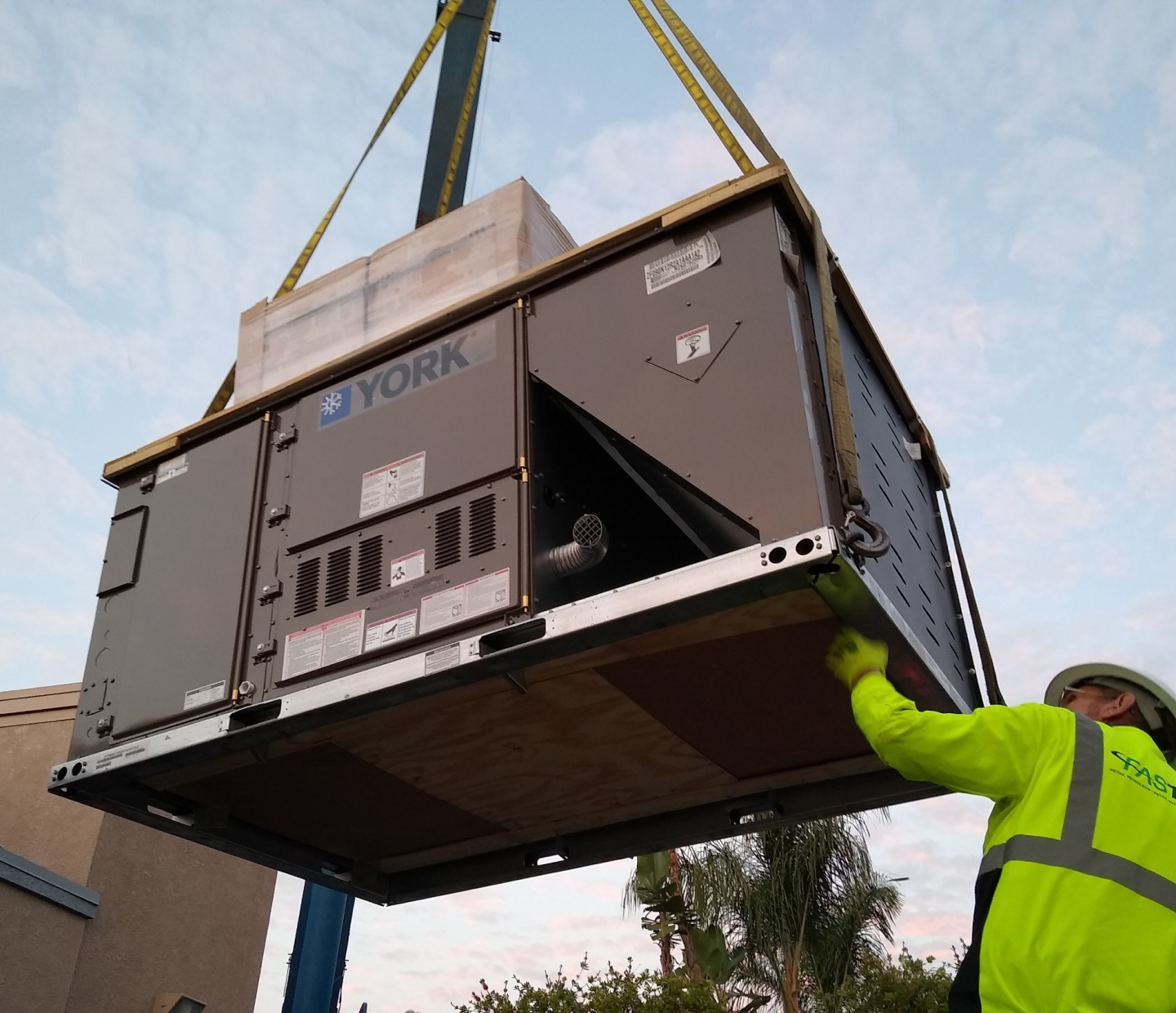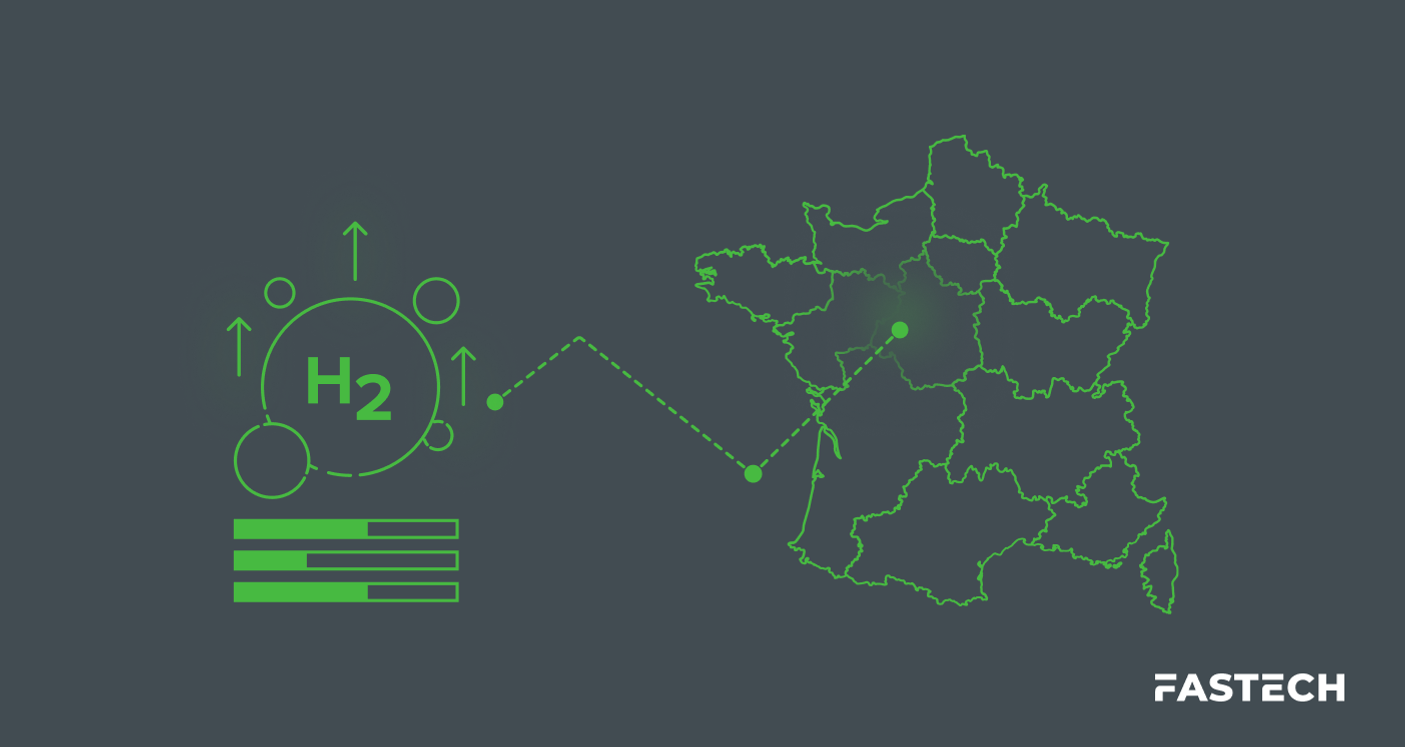Commercial HVAC Systems: Which One is Right for Your Business?

So many types of HVAC systems for commercial buildings are on the market today, but not every system is the same. Commercial HVAC systems have a wider range of features and applications than residential systems, enabling businesses to choose the HVAC system that best meets their needs.
Commercial HVAC systems are used anywhere from smaller commercial buildings like coffee shops to large warehouse spaces. These types of commercial HVAC systems have many options of heating and air conditioning setups, layouts, and capacities to meet the diverse applications of commercial HVAC.
Popular Types of HVAC Systems for Commercial Buildings
There are various solutions for a commercial HVAC system, like rooftop units that use ducts to circulate air into the building. Below are some common examples of commercial HVAC system types.
Split HVAC System
A split system is a classic HVAC system that uses an indoor and outdoor unit connected with copper tubing. A commercial HVAC system like this typically provides heating and cooling, so there is no need to install separate equipment. As we continue below, there are two main types of split systems: single-split systems and multi-split systems.
Single-Split System
A single-split system is the most affordable option of all the commercial HVAC system types. Because it heats and cools individual rooms, a single-split system is ideal for small commercial building use, such as shops, server rooms, and small offices. In addition, compared to a central HVAC system, installing a single-split system is much less expensive.
You can also combine single-split systems to serve a larger area, enabling easy scalability for growing businesses. Because each unit is self-contained, if one unit breaks down, the others won’t be affected. However, you will need enough space to install an outdoor unit for each indoor HVAC unit.
Multi-Split System
A multi-split system works just like a single-split system, but you can connect multiple indoor units to a single outdoor unit. This makes it easy for businesses to expand their HVAC system without installing additional outdoor HVAC units. A multi-split system is a popular option for larger commercial spaces like retail stores, restaurants, and offices.
Although a multi-split system can help preserve the external appearance of a commercial building, the installation cost is much higher because this system requires much pipework that must be installed properly.
VRF vs. VRV System
A variable refrigerant flow (VRF) system is a large-scale ductless HVAC system that uses refrigerant as its only coolant for more efficient cooling and heating. By using heat pump systems, a VRF system can provide heating and cooling to different areas simultaneously, allowing for reduced energy consumption. Studies have shown that a VRF system would lower costs between 15 and 42 percent.
A VRF system is ideal for medium to large commercial spaces because it recovers “waste heat” from throughout the building and then uses it to heat other rooms. In comparison, a variable refrigerant volume or VRV system is simply an official trademarked version of a VRF system. Therefore, the two terms are used interchangeably, although VRF is the more common term for these types of HVAC systems for commercial buildings.
VAV vs. CAV System
A variable air volume (VAV) system is an excellent fit for spaces with varying heating and cooling needs. Like a high-end, energy-efficient residential HVAC unit, a VAV system adjusts its airflow based on the current room temperature. By automating this part of the HVAC process, businesses can efficiently heat and cool their office while still conserving energy. Although it tends to be more costly, a VAV system’s long-term energy savings quickly make up for the initial cost of installing a new HVAC system.
A CAV or constant air volume system uses an indoor air handler and operates at full capacity until the building reaches a set temperature. Like residential HVAC systems, a CAV system is either on or off, making them less energy-efficient than other commercial HVAC system types. However, CAV systems are generally less expensive than VAV systems because they are simpler to design and install.
Learn more. Read How Do You Size a Commercial HVAC System?
HVAC Maintenance
It is essential to keep up with regular maintenance of your commercial HVAC system to ensure it runs at peak performance. Along with extending the use of your HVAC system, proper care can lower energy costs, reduce costly repairs and downtime and ensure a comfortable environment. Some preventative maintenance tasks include:
- Clean and inspect outdoor components
- Measure and recharge refrigerant levels as needed
- Inspect and clean blowers, belts, evaporator coils, etc.
- Inspect and clean burner assemblies, ignition systems, and other indoor heating system components
- Check and change air filters regularly
- Check and reset thermostat programming seasonally
- Visually inspect thermostats, drip pans, and drain lines monthly
Download our Ultimate Commercial HVAC Maintenance Checklist -- free!
Choose the Right Commercial HVAC System With FASTECH
Whether you want to upgrade your current HVAC system or you’re looking for the right commercial HVAC system for your business, FASTECH can help.
FASTECH provides expert commercial HVAC system installation, maintenance, and upgrades that extend the lifespan of your HVAC system and reduce your utility bills. Over the last 25+ years, our expert team has provided cooling and refrigeration services for thousands of clients across nearly every industry, including retail, restaurants, pharmacies, service stations, and more.
To get started, contact us today.




